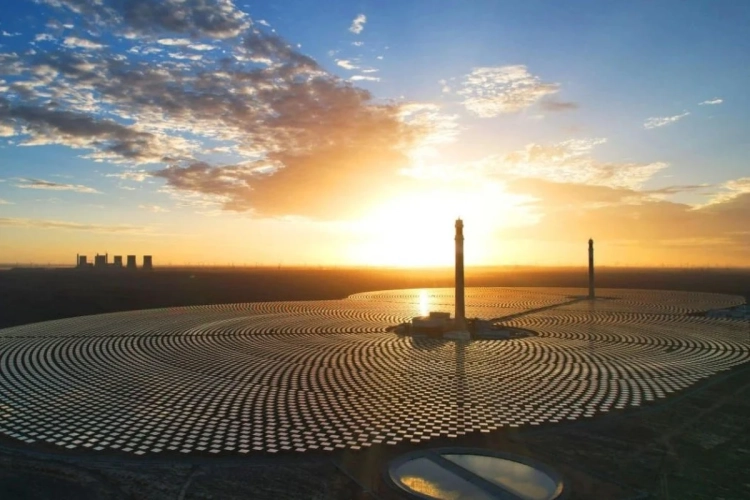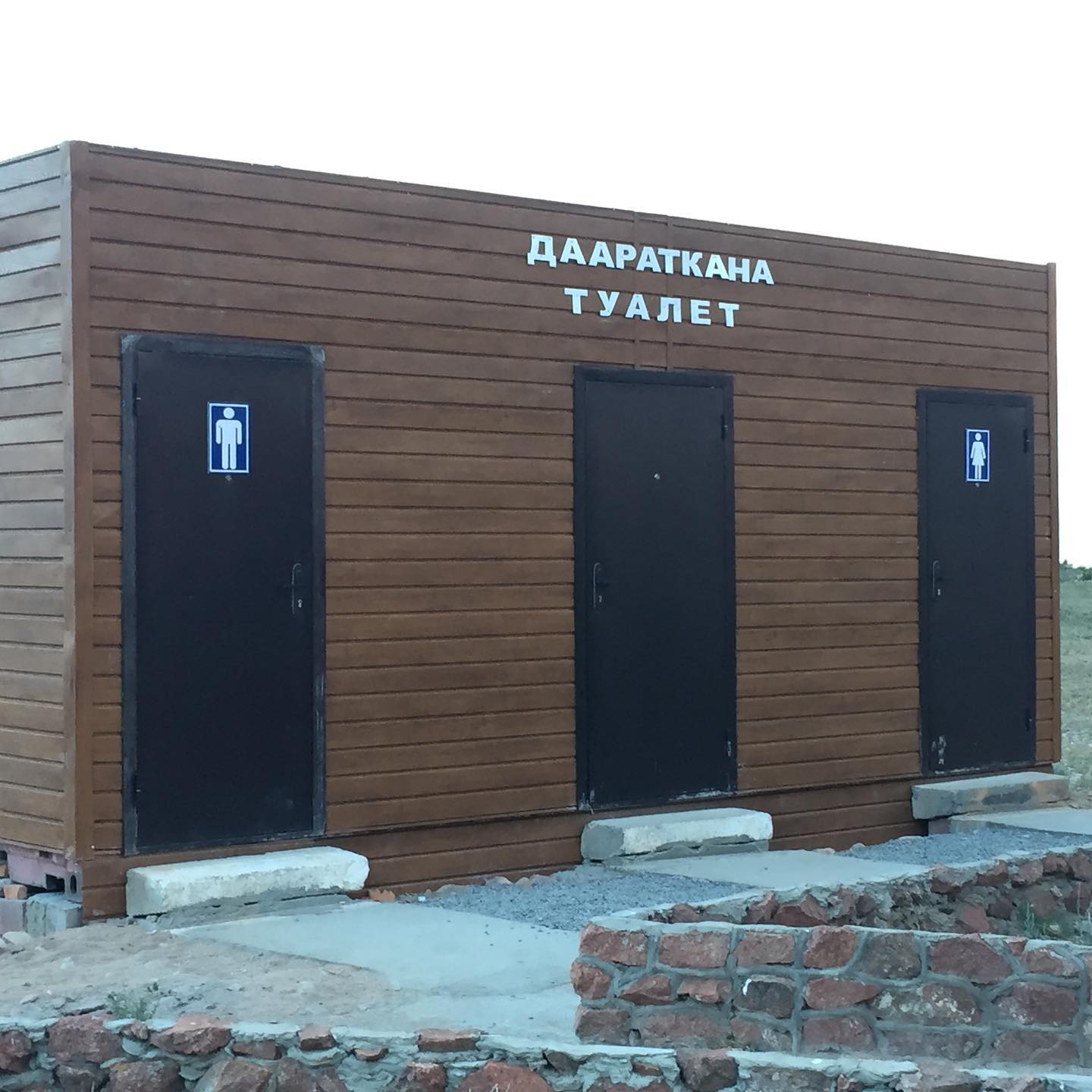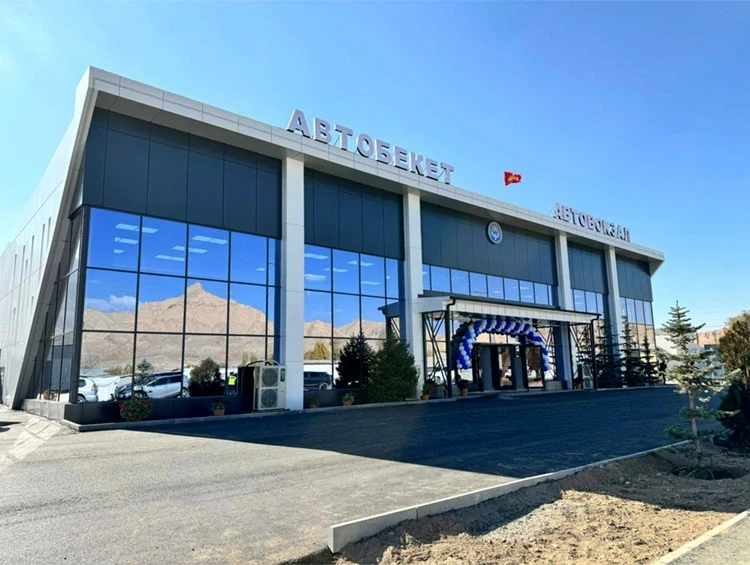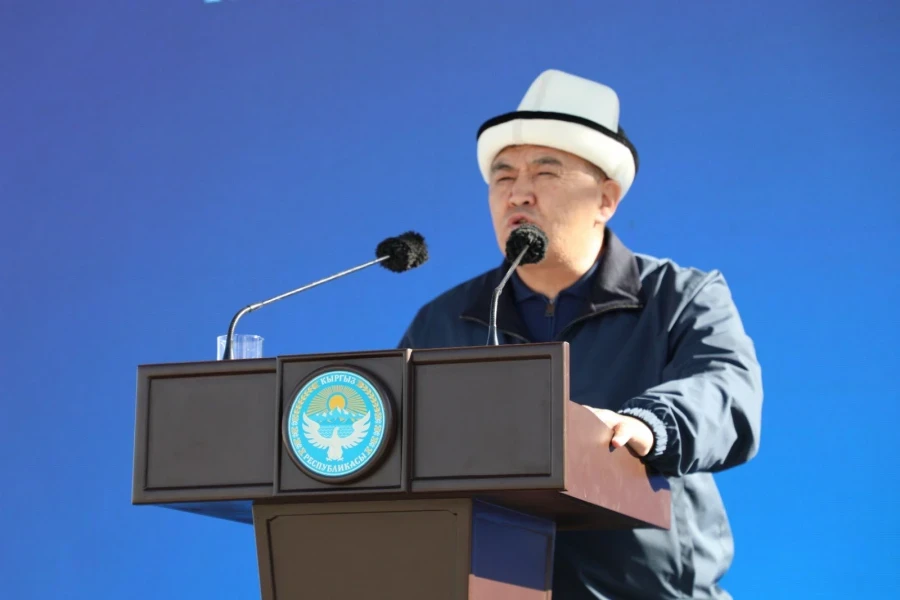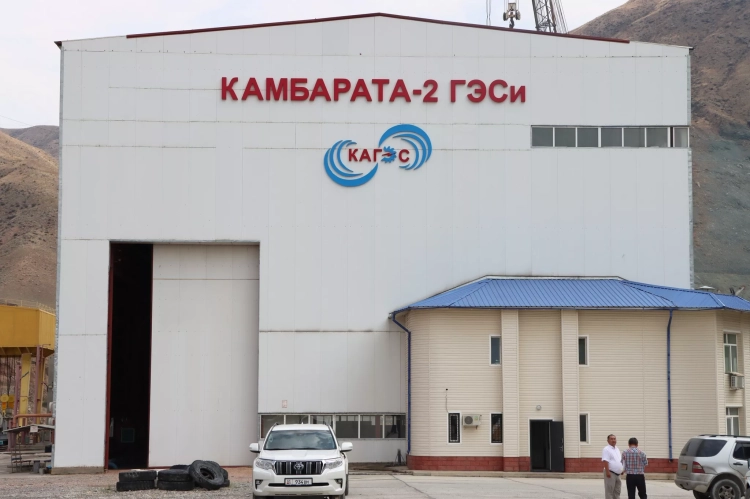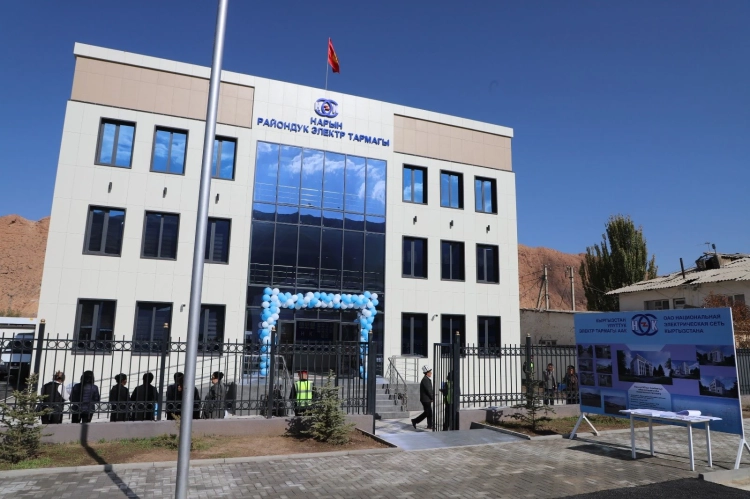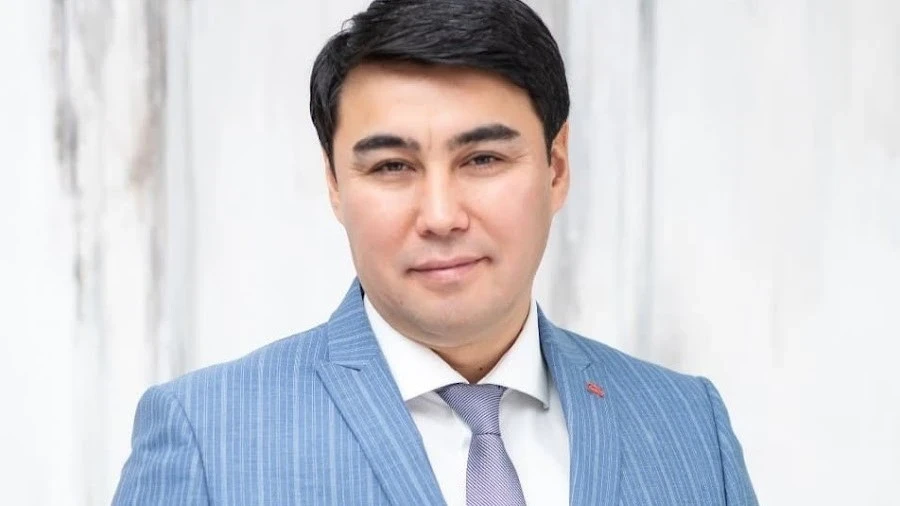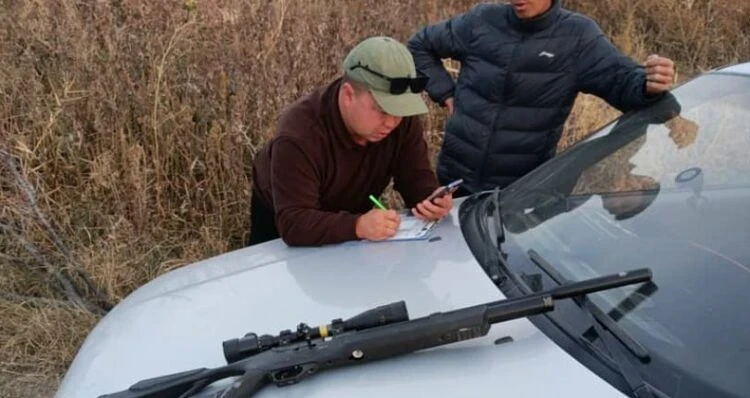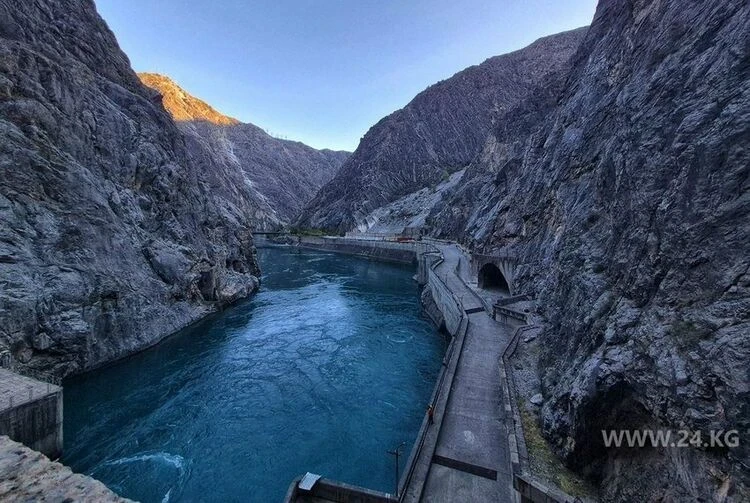
The Toktogul Hydropower Plant, which has been supplying Kyrgyzstan with electricity for half a century, is entering a new era: outdated panels are being replaced with modern screens and digital control. But will the updated station be able to guarantee uninterrupted power supply for households?
The Energy Heart of the Country: from Monument to Mosaic
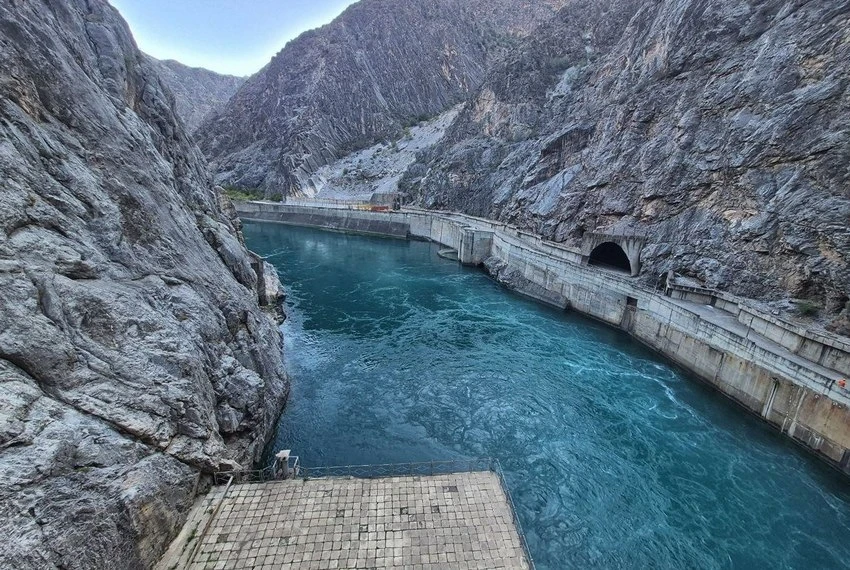
Access to the Toktogul Hydropower Plant resembles a visit to a secret facility: strict control, document checks, and security escorts. This station is a crucial element of Kyrgyzstan's energy infrastructure.
At the entrance, guests are greeted by a monument to Vladimir Lenin, who, like a guardian, watches over the events against the backdrop of the reservoir and mountains. Station employees note: "He reminds us of the times of construction and the engineers who provided the country with light."
Inside the station, one can see the preserved Soviet mosaic depicting working moments and symbols of progress, which coexists with the latest digital technologies: screens, monitors, and touch panels. The era of old switches and relays has given way to modern automated systems.
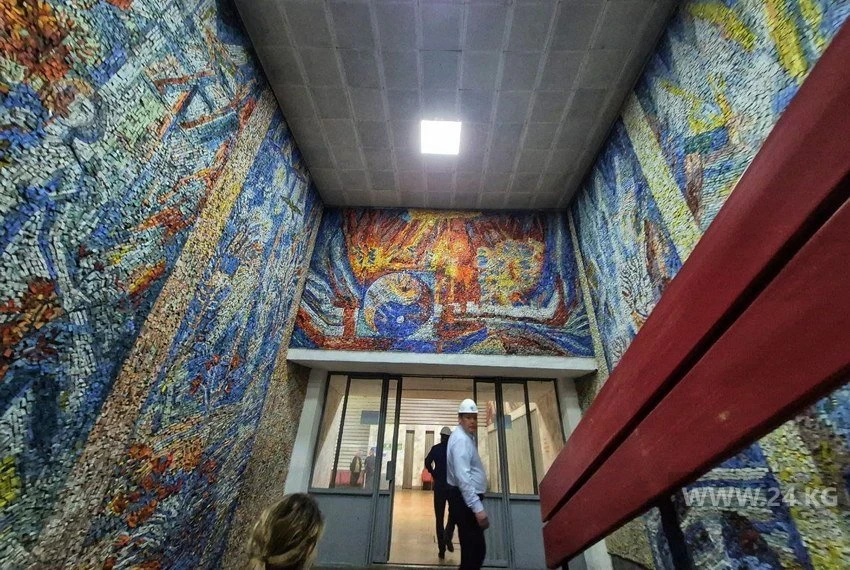
Automation: from Old Panels to Modern Interfaces
In the machine hall of the hydropower plant, the sound of flowing water and the humming of units create the feeling that time here flows at its own pace.
The Deputy Director for Reconstruction, Mirlan Ziyaidinov, proudly demonstrates the new control system: "Previously, we used old panels; now all processes are monitored through a monitor: modes, power, condition of units—all under control. We call this a human-machine interface (HMI)."
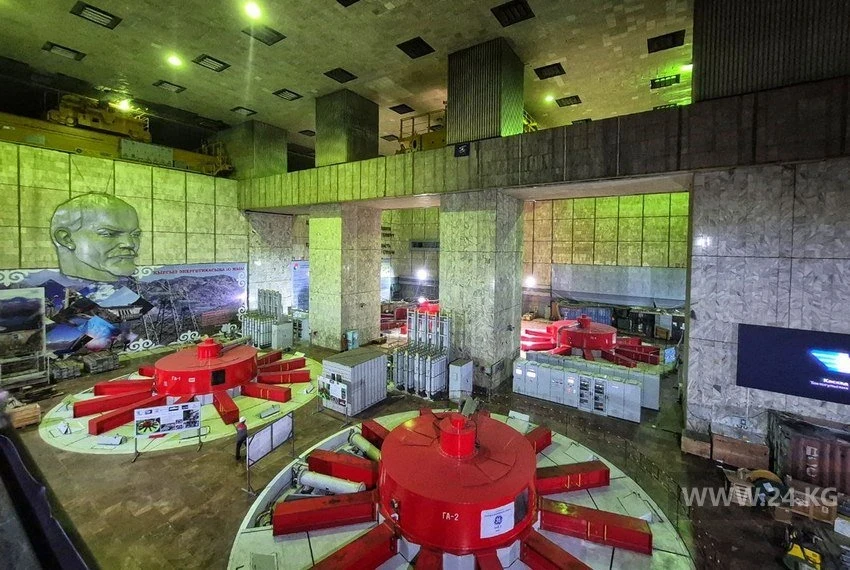
He adds that the station has operated almost twice as long as planned.
"The expected lifespan is 20-30 years, and we have lasted 50. This is thanks to our specialists who have maintained the operation of the station with their own efforts," emphasizes Mirlan Ziyaidinov.
After the modernization is completed, the capacity of the hydropower plant will increase from 1,200 to 1,440 megawatts, providing nearly 60% of all electricity generated in the country.
The goal of the project is not only to extend the station's lifespan but also to enhance the reliability of power supply, implement digital technologies, and minimize operational risks.
The Toktogul reservoir is the largest in Kyrgyzstan and one of the most significant in Central Asia. The dam of the hydropower plant is one of the largest engineering structures in the country.
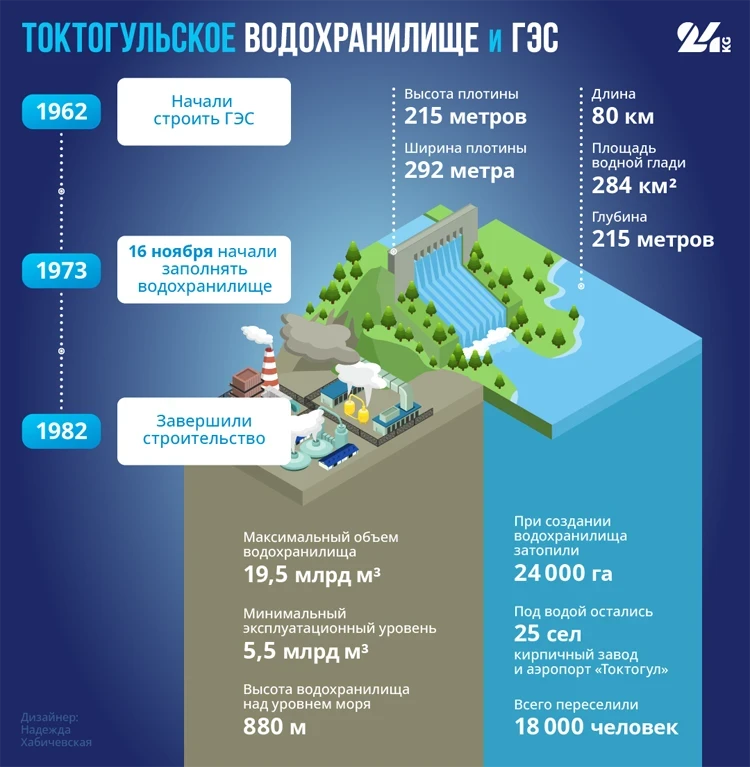
$287 million: details of financing
Reconstruction work on the hydropower plant began in 2015. Financing is provided with the support of the Asian Development Bank (ADB) and the Eurasian Stabilization and Development Fund (ESDF).
The total investment amounts to approximately $287 million:
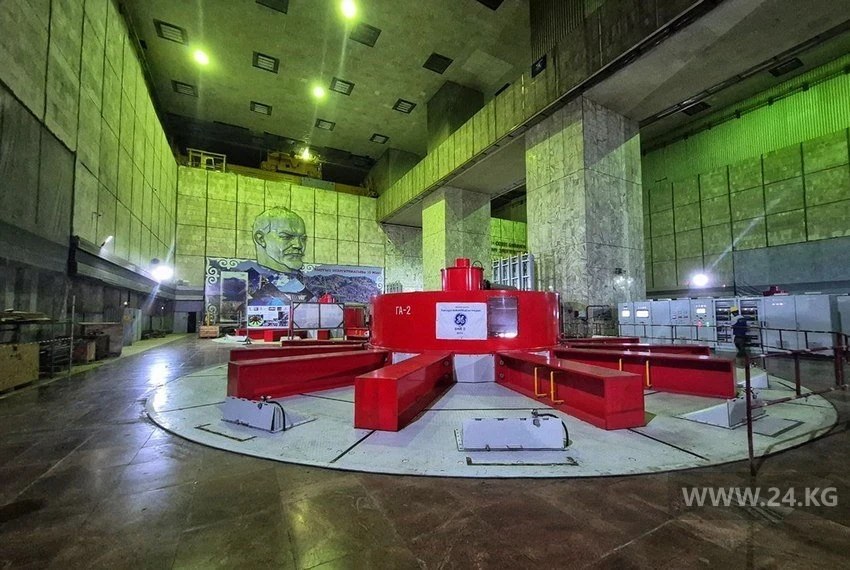
The project is divided into three phases, which are being implemented by leading global companies—GE Hydro France, ZMEC, and SMP.
Phases of reconstruction:
"The launch of the new hydro unit, completing the upgrade, is expected to take place on November 30," adds Mirlan Ziyaidinov.
The repair and installation of the rotor of the last hydro unit at the Toktogul Hydropower Plant have been successfully completed.
The financing of $287 million includes approximately 66% of debt obligations (loans from ADB and ESDF). This means that the new capacity, the implementation of digital systems, and the extension of the hydropower plant's lifespan are significant investments in Kyrgyzstan's future external debt.
Increasing capacity by 240 megawatts: as if adding another Shamal-Sai Hydropower Plant
Before the reconstruction began, the total capacity of the Toktogul Hydropower Plant was 1,200 megawatts, and after modernization, it will increase to 1,440 megawatts. This is an increase of 240 megawatts.
"This is equivalent to adding another Shamal-Sai Hydropower Plant," explains the deputy director for reconstruction.
When asked about the possibility of outages in winter with increased capacity, he cautiously replies: "Our task is to generate electricity from water. How it will be distributed is no longer in our competence."
160 employees: 33 years at the "live" control panel
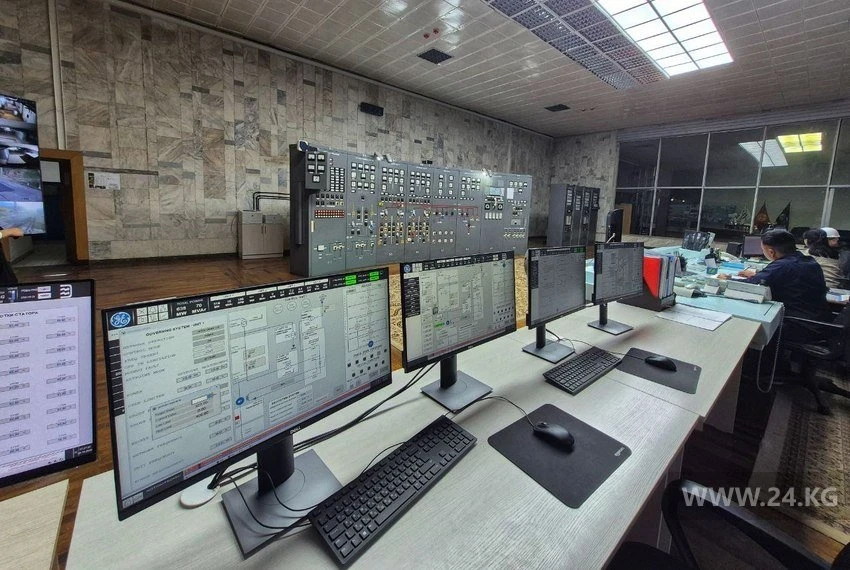
About 160 people work at the station, most of whom are locals. They are familiar with every element of the system, from pipes to units and the reservoir.
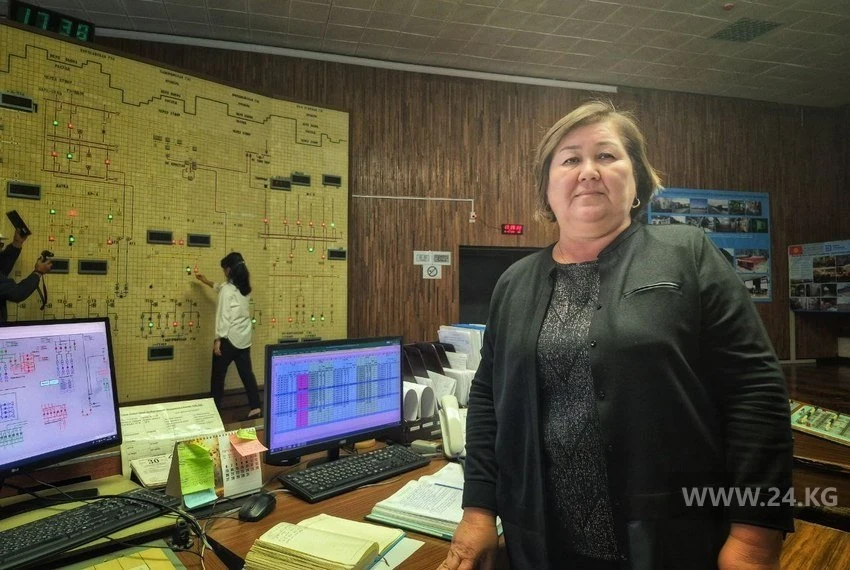
We focus on Minabar Kadyrova, the shift supervisor of the Toktogul Hydropower Plant cascade, who has been working here for 33 years.
"We monitor the operation of all generators and electrical equipment, ensure the stability of the system, and distribute loads between stations for uninterrupted network operation," she explains, pointing to graphs and numbers on the screens.
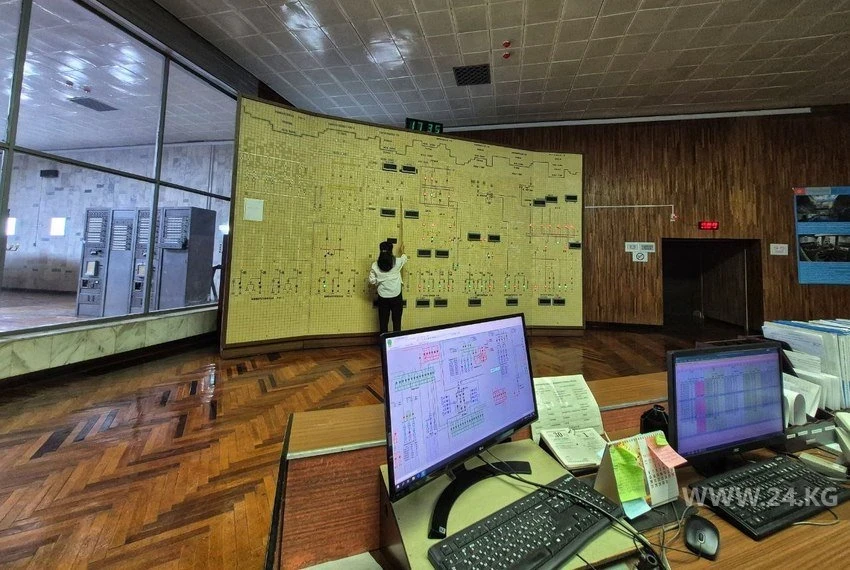
From her office, the entire cascade of hydropower plants is monitored:
"Sometimes at night, when it's quiet, we still have work going on—the water flows, the units hum, the dispatchers are in touch. Everything is under control," Minabar says with a smile.
Her words reflect not only professionalism but also a sense of responsibility passed down from generation to generation. Minabar Kadyrova has become a link between the Soviet past and the modern digital future.
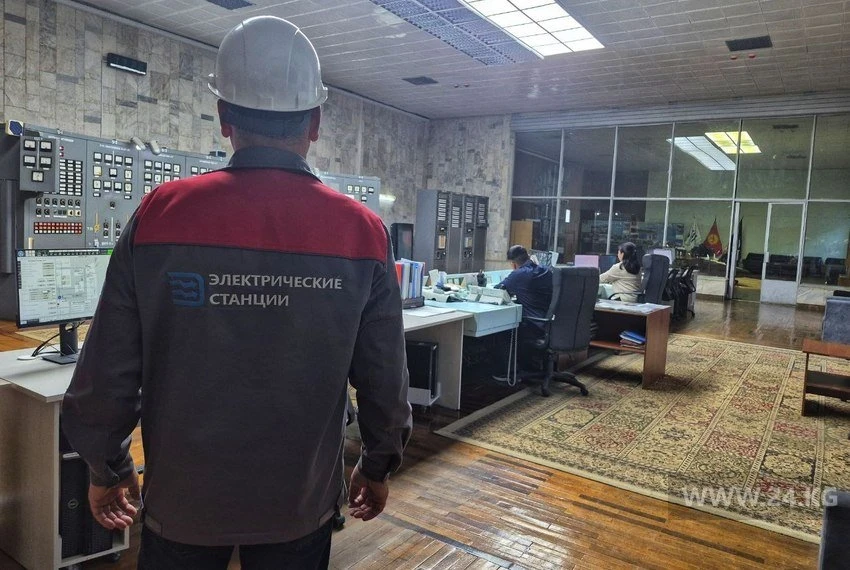
In the corridor between the ancient mosaic and modern control, the difference in eras is palpable. One is connected to a person who managed all processes manually, the other to someone who does it with a computer.
But the goal remains unchanged: to provide light in the homes of Kyrgyzstan.
Survival and Adaptation
Toktogul is not just a hydropower plant; it is a symbol of Kyrgyzstan that knows how to adapt, survive, and change. It has managed to operate for 50 years on outdated equipment thanks to the persistence of people. However, today this is not enough. Not only new units are needed, but also fresh approaches, transparency, and accountability; otherwise, $287 million will not help avoid winter outages.

